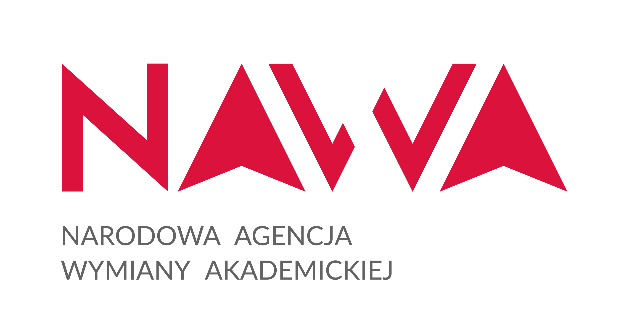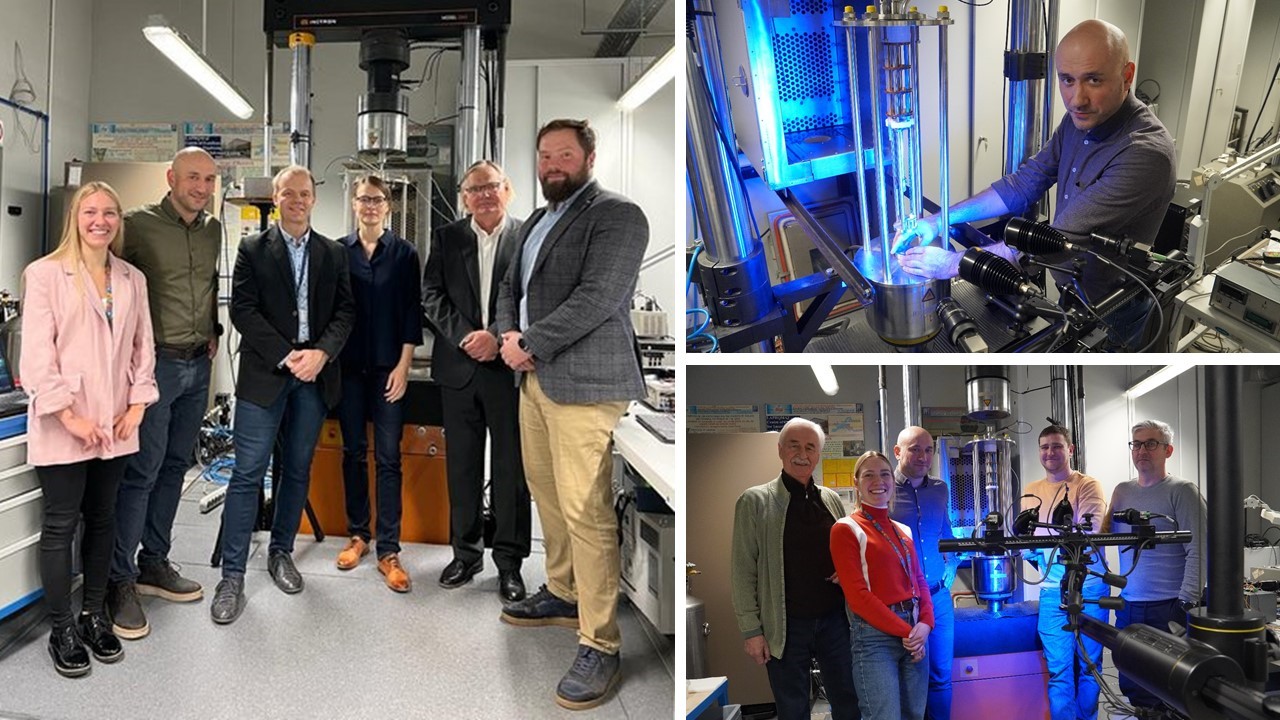
We would like to inform that the Director of NAWA has decided to allocate financial resources for the implementation of an international project, with Jakub Tabin (PhD) from IPPT PAN as the coordinator.
The competition was jointly announced by the National Academic Exchange Agency (NAWA) in Poland and the German Academic Exchange Service (DAAD) in Germany, within the framework of the program "Joint Research Projects between the Republic of Poland and the Federal Republic of Germany." The competition aims to support the mobility of Polish-German research teams. Proposals for joint projects were submitted simultaneously by German partners to DAAD and by Polish partners to NAWA.
IPPT PAN's partner in the project will be a team of scientists from Brandenburgische Technische Universität Cottbus-Senftenberg (Brandenburg University of Technology in Cottbus-Senftenberg, Germany).
The project will be carried out in the Experimental Mechanics Department at IPPT PAN, led by Prof. Zbigniew L. Kowalewski, in the Materials and Structures Research Laboratory, supervised by Mateusz Kopeć (PhD).
Project Title: " Experimental investigation and thermomechanical modelling of the material and damage behaviour for additive manufactured austenitic stainless steels under cryogenic conditions."
Structural components of superconducting magnets (e.g., collars, bladders, or keys) with complex shapes, operating at cryogenic temperatures (4K, 77K), as well as additional elements of tanks for storing liquid hydrogen (20K), such as hoses and valves, are made of austenitic steel. It is well known that achieving a complex shape for these elements using traditional machining methods is challenging. One solution is to use additive manufacturing methods (AM), such as 3D printing. The scientific goal of the project is the experimental identification and modelling of damage evolution in austenitic steels (e.g., AM 316L ASS) produced using the additive manufacturing method for cryogenic applications. Within the project, we will investigate how damage develops in printed austenitic steels, how the initial state of the sample (e.g., pore distribution) affects it, and whether deformation-induced martensitic transformation influences the rate of damage development, especially at very low temperatures. Does the manufacturing technology of the sample affect the rate of damage development? Does heat treatment after the additive manufacturing process affect fatigue strength? How does damage develop under conditions of Discontinuous Plastic Flow (DPF)? Finally, but no less important, is whether, as in the case of traditional austenitic steels, the adverse effect of the microdamage field is inhibited by deformation-induced martensitic transformation? Which of these effects dominates in printed austenitic steels and under what conditions?
Another important research aspect is to determine how heat treatment (traditional heat treatment or electrically-assisted treatment) affects the susceptibility of printed austenitic steels to damage development. Based on the experimental identification of material behaviour over a wide temperature range (4K-293K), a thermo-mechanical model of AM material in cryogenic conditions will be developed. The answers to the above questions are crucial for predicting the durability of additively manufactured elements from austenitic steel for cryogenic applications.

In photo number 1, from left to right: Izabela Mierzejewska, M.Sc. (IPPT PAN); Jakub Tabin, PhD (project coordinator); Robert Roszak, PhD (BTU, PUT); Daniela Schob, PhD (BTU); Prof. Matthias Ziegenhorn (BTU); Mateusz Kopeć, PhD (IPPT PAN).
In photo number 2: Jakub Tabin (coordinator).
In photo number 3, from left to right: Andrzej Chojnacki, Izabela Mierzejewska, M. Sc.; Jakub Tabin, PhD; Adam Brodecki, M.Sc, Mirosław Wyszkowski, Eng. in front of the equipment for strength tests at cryogenic temperatures in the Materials and Structures Research Laboratory at IPPT PAN.















